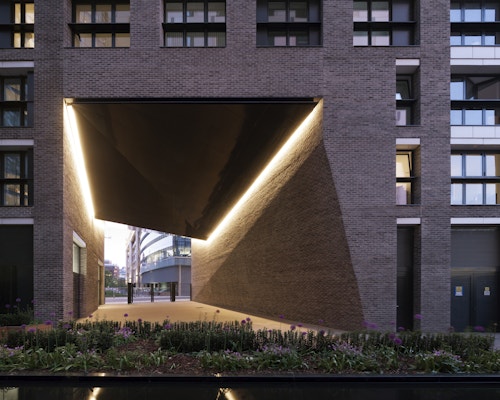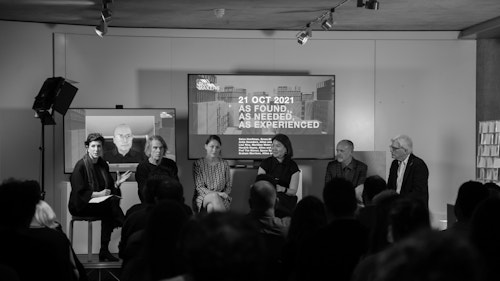/ Citymakers - Pragmatics of The Picturesque: As found, as needed, as experienced
How does the romanticisim of the picturesque fair when faced with the harsh reality of a Victorian sewer line?
The second session of the 2021 Citymakers conference examines the picturesque from a truly applied perspective. It brings together six practitioners from different areas of urban design to explore the ways in which picturesque strategies and approaches can be used at different scales and for quite varied purposes.
Eelco Hooftman, co-founder of award-winning landscape practice, Gross.Max, shares his process and perspective as a landscape architect, which he sees as quite a contrast to architecture; taking a philosophical approach he thinks about space and time as a slow process of transformation. But what does this mean when approaching the picturesque? Eelco rethinks the concept from a variety of angles: the radical, the pragmatic, the new and even the revenge of the picturesque.
Antje Saunders shares the importance of the existing and the influence of these found elements in shaping King's Cross, one of contemporary London's significant masterplans, and also the Fosters Estate regeneration project co-designed with the community. These two very different projects leverage existing aspects to create quality and character, with results that are akin to the picturesque, even when this similar destination is reached through a variety of differing routes.
Followed around London by diagonal sewer lines, large electrical cables and other such immovable site constraints, Hendrik Heyns shares how these obstacles have often produced unexpectedly picturesque results, in London infill projects such as Aldgate Place and Hale Waterside. The resulting informality in elevations can turn ordinary buildings into picturesque observations.
Presenting a client perspective, Lisa Woo, Head of Placemaking at Meridian Water Enfield Council’s significant new housing-led project, takes us through the enormity of the challenge of delivering major regeneration and how the picturesque might offer a fresh perspective and a positive outlook for the rapidly changing nature of places, in particular outer London.
Bringing a more analytical and anthropological perspective to the debate, Tim Stonor, Managing Director of Space Syntax, outlines how his data-driven approach seeks to prioritise the creation of unique experiences and facilitation of interactions in the design of cities. In doing so he provides a fresh way of framing the picturesque and the process of placemaking.
Graham Morrison concludes with what the picturesque has meant to the practice he co-founded over thirty years ago. Quoting the words and work of Gordon Cullen, Graham explores the role of space as experienced, and as a core design principle; considering closure, punctuation and deflection. Commenting on the value of irregularity and informality, he reflects on his experience of the spaces between buildings being as important as the buildings themselves.

